Exploring the Future of Robotics Upcoming New Generation Robots
Upcoming New Generation Robots
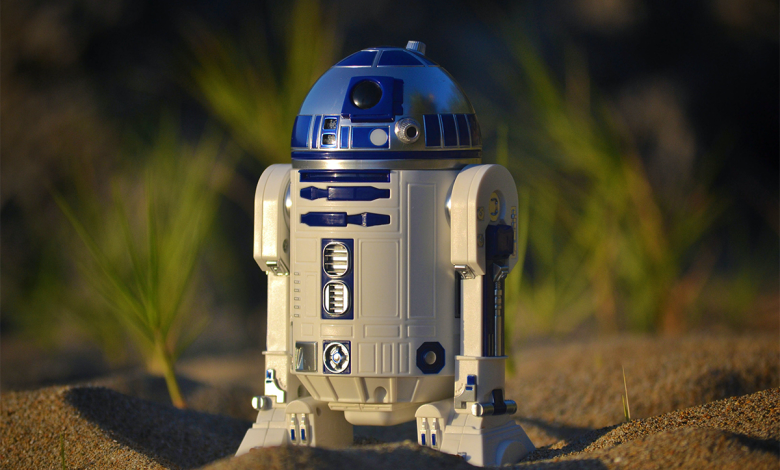
Introduction
The field of robotics has witnessed remarkable advancements over the years, and it continues to evolve at an unprecedented pace. As we move into the future, the next generation of robots promises to be even more innovative, versatile, and transformative. These new generation robots are poised to revolutionize various industries and aspects of our daily lives. In this article, we will delve into the exciting developments in the world of robotics, exploring the key trends, applications, and potential implications of upcoming new generation robots.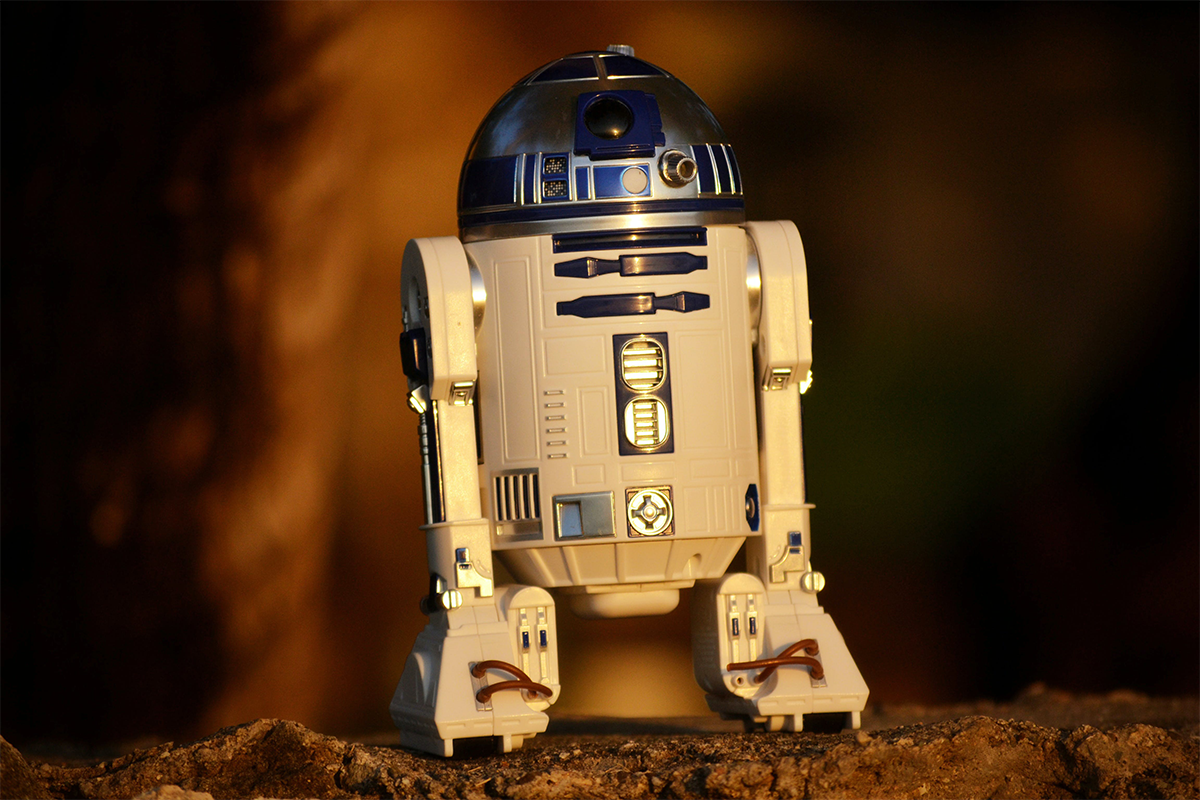
- The Evolution of Robotics
Before diving into the world of upcoming new generation robots, it’s crucial to understand the context and evolution of robotics. Robotics, as a field, has made substantial progress since its inception. It all began with simple mechanical devices, but with the advent of electronics, computing, and artificial intelligence, the capabilities of robots have grown exponentially.
- Early Robotics: Mechanical Devices
The earliest robots were simple mechanical devices, often resembling humans or animals in their form and movements. These machines had limited functionality and were primarily used for entertainment or basic tasks. Notable examples include Leonardo da Vinci’s robotic knight and Jacques de Vaucanson’s mechanical duck.
- The Rise of Industrial Robots
The mid-20th century marked a significant turning point in robotics with the development of industrial robots. These machines, typically used in manufacturing, could perform repetitive tasks with precision and efficiency. Industrial robots were instrumental in improving productivity and reducing human exposure to dangerous work environments.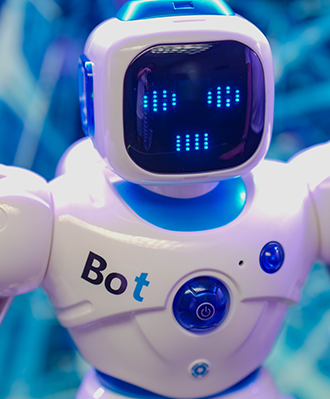
- The Age of Collaborative Robots (Cobots)
In recent years, collaborative robots, or cobots, have gained prominence. Unlike their industrial counterparts, cobots are designed to work alongside humans. They are equipped with sensors and advanced control systems, ensuring safety and interaction with human workers. Cobots have found applications in industries like healthcare, logistics, and assembly.
- The Advent of AI and Machine Learning
The integration of artificial intelligence (AI) and machine learning has revolutionized the capabilities of robots. These technologies enable robots to adapt, learn, and make decisions in real-time. As a result, robots have become more autonomous and versatile, expanding their use in areas such as autonomous vehicles, healthcare, and agriculture.
- Key Trends in Upcoming New Generation Robots
The next generation of robots is poised to build upon the advancements of the past while introducing new and exciting features. Several key trends are emerging that will shape the development of these robots.
- Artificial Intelligence and Machine Learning
AI and machine learning will continue to play a pivotal role in shaping the capabilities of upcoming robots. Advanced algorithms and neural networks allow robots to process vast amounts of data, learn from their experiences, and make decisions in complex environments. This trend is evident in the development of autonomous drones, self-driving cars, and intelligent household robots.
- Robotics in Healthcare
The healthcare industry stands to benefit significantly from upcoming new generation robots. Robots are being used for tasks such as surgery, patient care, and medication delivery. The integration of AI and machine learning in medical robots enables precise and minimally invasive procedures, ultimately improving patient outcomes.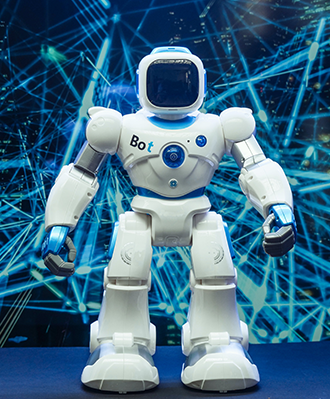
- Personal Assistants and Household Robots
The idea of having personal assistants in the form of robots is becoming increasingly popular. These robots can perform various tasks, from household chores to providing information and entertainment. They can control smart homes, manage daily schedules, and even engage in conversations, making them an integral part of future households.
- Autonomous Vehicles
The development of autonomous vehicles, including self-driving cars and drones, continues to gain momentum. These vehicles use advanced sensors, computer vision, and AI algorithms to navigate and make real-time decisions. The integration of autonomous robots into transportation has the potential to transform urban mobility and logistics.
- Swarming and Collaborative Robotics
Swarming robotics involves the coordination of multiple robots to work together efficiently. This trend is especially relevant in areas like search and rescue, agriculture, and environmental monitoring. Swarms of robots can cover large areas and share information to make collective decisions.
III. Applications of Upcoming New Generation Robots
New generation robots are not limited to a single domain; they have a broad range of applications across various industries and fields. Here are some notable applications that highlight their versatility and potential impact:
- Healthcare and Medical Robotics
- Robotic Surgery: The use of robotic surgical systems, such as the da Vinci Surgical System, allows for precise and minimally invasive procedures, reducing recovery times and post-operative complications.
- Rehabilitation Robots: These robots assist patients in their recovery and rehabilitation processes, providing customized exercises and support to improve mobility and function.
- Pharmacy Automation: Robots can accurately dispense medications in hospitals and pharmacies, reducing errors and improving efficiency.
- Telemedicine Robots: These robots enable remote consultations and diagnostics, bringing healthcare services to remote or underserved areas.
- Industrial and Manufacturing
- Advanced Manufacturing: Robots are integral in modern manufacturing, performing tasks like welding, painting, and assembly with high precision and speed.
- Collaborative Robots (Cobots): In manufacturing, cobots work alongside human workers to enhance productivity and safety.
- Quality Control and Inspection: Robots equipped with computer vision can inspect products for defects and ensure quality standards are met.
- Transportation and Logistics
- Self-Driving Cars: Autonomous vehicles are expected to revolutionize the automotive industry, offering safer and more efficient transportation.
- Delivery Drones: Drones are being used for last-mile delivery, making it quicker and more cost-effective to deliver packages.
- Autonomous Trucks: Self-driving trucks have the potential to transform the logistics industry by improving efficiency and reducing transportation costs.
- Agriculture and Environmental Monitoring
- Precision Agriculture: Robots and drones equipped with sensors and AI can optimize crop management, monitor soil conditions, and apply pesticides and fertilizers with precision.
- Environmental Monitoring: Autonomous underwater and aerial robots are used for studying ecosystems, collecting data, and monitoring environmental changes.
- Service and Entertainment
- Personal Assistants: Robots are becoming personal assistants in homes, helping with tasks, managing schedules, and providing information and entertainment.
- Entertainment and Education: Social robots are used in educational and entertainment settings to engage with users, provide information, and facilitate learning.
- Search and Rescue
- Search and Rescue Robots: Autonomous robots are utilized in disaster-stricken areas to search for survivors and provide vital information to rescuers.
- Aerial Drones: Drones equipped with cameras and thermal imaging are used to search for missing persons or monitor dangerous situations.
- Ethical and Societal Implications
While the potential of upcoming new generation robots is exciting, their development also raises ethical and societal concerns that must be addressed: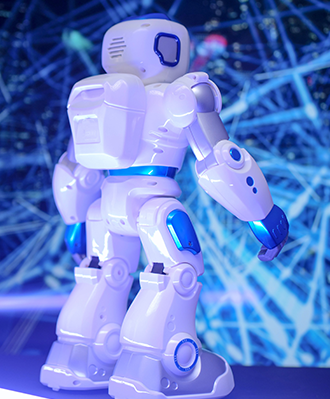
- Job Displacement
The increasing use of robots in various industries may lead to job displacement for human workers. As automation becomes more prevalent, it’s essential to consider strategies for retraining and upskilling the workforce to adapt to changing job requirements.
- Privacy Concerns
Robots equipped with sensors and cameras can collect vast amounts of data, raising privacy concerns. Regulations and safeguards need to be put in place to protect individuals’ privacy and ensure data security.
- Ethical Dilemmas
The use of robots in healthcare and decision-making processes may give rise to ethical dilemmas. For example, who is responsible when an autonomous vehicle is involved in an accident, or what ethical considerations apply to AI-powered medical decisions?
- Security Risks
The increased use of robots in various domains makes them potential targets for cyberattacks. Ensuring the security of these systems is critical to prevent malicious actions or data breaches.
- The Road Ahead
The world of robotics is undoubtedly evolving at an exhilarating pace. The next generation of robots will continue to integrate AI, machine learning, and advanced sensors to expand their capabilities. These robots will have a more significant presence in various industries, leading to increased efficiency and new opportunities.
- Collaboration Between Humans and Robots
One of the key trends in the development of new generation robots is the collaboration between humans and robots. While some fear the idea of robots replacing human workers, the reality is more about humans and robots working together to enhance productivity and safety. This collaborative approach will likely lead to the most positive outcomes in many industries.
- Continuous Innovation
In the world of robotics, innovation never stops. Researchers and engineers are continually pushing the boundaries of what robots can do. As new technologies emerge and our understanding of robotics deepens, we can expect even more remarkable developments in the field.
- Regulations and Standards
As robotics becomes more integrated into our daily lives, it’s essential to establish clear regulations and standards. These guidelines will help address ethical, safety, and privacy concerns while ensuring that the development of new generation robots aligns with societal values.
Conclusion
The future of robotics is full of promise and possibilities. Upcoming new generation robots, powered by artificial intelligence and advanced technologies, will play a vital role in various industries and aspects of our daily lives. From healthcare and transportation to agriculture and entertainment, robots will continue to transform the way we work, live, and interact with the world around us. As we navigate this exciting era of robotics, it’s crucial to remain vigilant, address ethical concerns, and harness the full potential of these technological wonders for the betterment of society.

